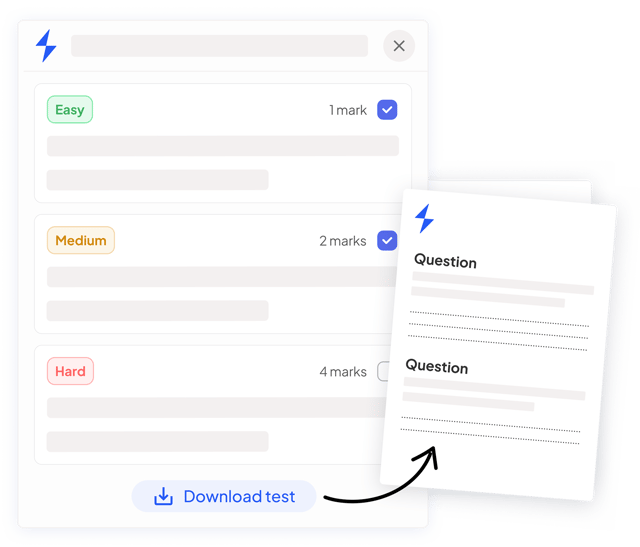Lymphocytes: Types & Roles (Edexcel International A Level (IAL) Biology): Revision Note
Exam code: YBI11
Lymphocytes: Types & Roles
There are two types of lymphocyte that play a particular role in the specific immune response
T cells
B cells
Note that lymphocytes are a type of white blood cell
T cells
T cells, sometimes known as T lymphocytes, are produced in the bone marrow and finish maturing in the thymus, which is where the T in their name comes from
Mature T cells have specific cell surface receptors called T cell receptors
These receptors have a similar structure to antibodies and are each specific to a particular type of antigen

Mature T cells have many different types of receptor on the cell surface membrane; these receptors will bind to different antigens on antigen presenting cells
T cells are activated when they encounter and bind to their specific antigen on the surface of an antigen presenting cell
This antigen-presenting cell might be a macrophage, an infected body cell, or the pathogen itself
These activated T cells divide by mitosis to increase in number
Dividing by mitosis produces genetically identical cells, or clones, so all of the daughter cells will have the same type of T cell receptor on their surface
There are three main types of T cell
T helper cells
Release chemical signalling molecules that help to activate B cells
Release chemical signalling molecules that help to activate T killer cells
Release chemicals called cytokines, that label pathogens and infected cells for phagocytosis
T killer cells
Bind to and destroy infected cells displaying the relevant specific antigen
T memory cells
Remain in the blood and enable a faster specific immune response if the same pathogen is encountered again in the future
B cells
B cells, also known as B lymphocytes, are a second type of white blood cell in the specific immune response
B cells remain in the bone marrow as they mature, hence the B in their name
B cells have many specific receptors on their cell surface membrane
The receptors are in fact antibodies, and are known as antibody receptors
Each B cell has a different type of antibody receptor, meaning that each B cell can bind to a different type of antigen

Mature B cells each have different types of antibody receptors on their cell surface membrane
If the corresponding antigen enters the body, B cells with the correct cell surface antibodies will be able to recognise it and bind to it
When the B cell binds to an antigen it forms an antigen-antibody complex
The binding of the B cell to its specific antigen, along with the cell signalling molecules produced by T helper cells, activates the B cell
Once activated the B cells divide repeatedly by mitosis, producing many clones of the original activated B cell
There are two main types of B cell
Effector cells, which differentiate into plasma cells
Plasma cells produce specific antibodies to combat non-self antigens
Memory cells
Remain in the blood to allow a faster immune response to the same pathogen in the future

During a primary immune response B cells divide by mitosis to form plasma cells and memory cells. Note that a primary response occurs the first time an individual comes into contact with a particular pathogen
Ready to test your students on this topic?
- Create exam-aligned tests in minutes
- Differentiate easily with tiered difficulty
- Trusted for all assessment types

Did this page help you?